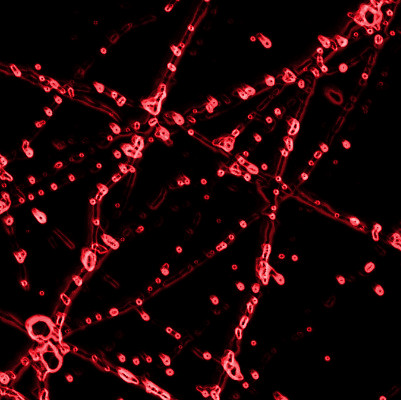Monday, July 10th, 2017, 15:00h.,
2nd Central Meeting Room at DeustoTech
Monique Chyba
University of Hawaii, Manoa, Hawaii, USA
Abstract:
Fifteen years ago, microscopic extracellular structures, named fractones, were discovered in the neurogenic zone of the adult mammalian brain. It has been demonstrated that fractones (a specialized extracellular matrix) are associated with neural stem cells and that they participate in the regulation of stem cell proliferation. We hypothesize that the shape of multicellular organisms is guided and maintained by the connective tissue using the fractones. In particular, a network of fibroblast-like cells connected by gap junctions may form a long distance intercellular communication system that controls the constructions, maintenance and morphological/functional plasticity of biological structures via the extracellular matrix (fractones and basal laminae). An orderly combination of stem cell stimulation and inhibition at different loci is probably how a biological form is generated.
Mathematically, biological systems can be modelled well using hybrid automata and by cellular automata. Our goal is to determine whether the topographical organization of fractone expression reflects the shaping of the developing brain. In our computational model, the control represents the changing distribution and chemical composition of fractones. They are constantly constructed and destroyed, and not only promote cell proliferation, but can also inhibit cell proliferation in the adult brain. Our controlled automaton captures the co-evolution of the stem cells and the connective tissue and the fractones as the chemical effector for the molecular mechanisms that control stem cell fate, and therefore differs from existing literature.



